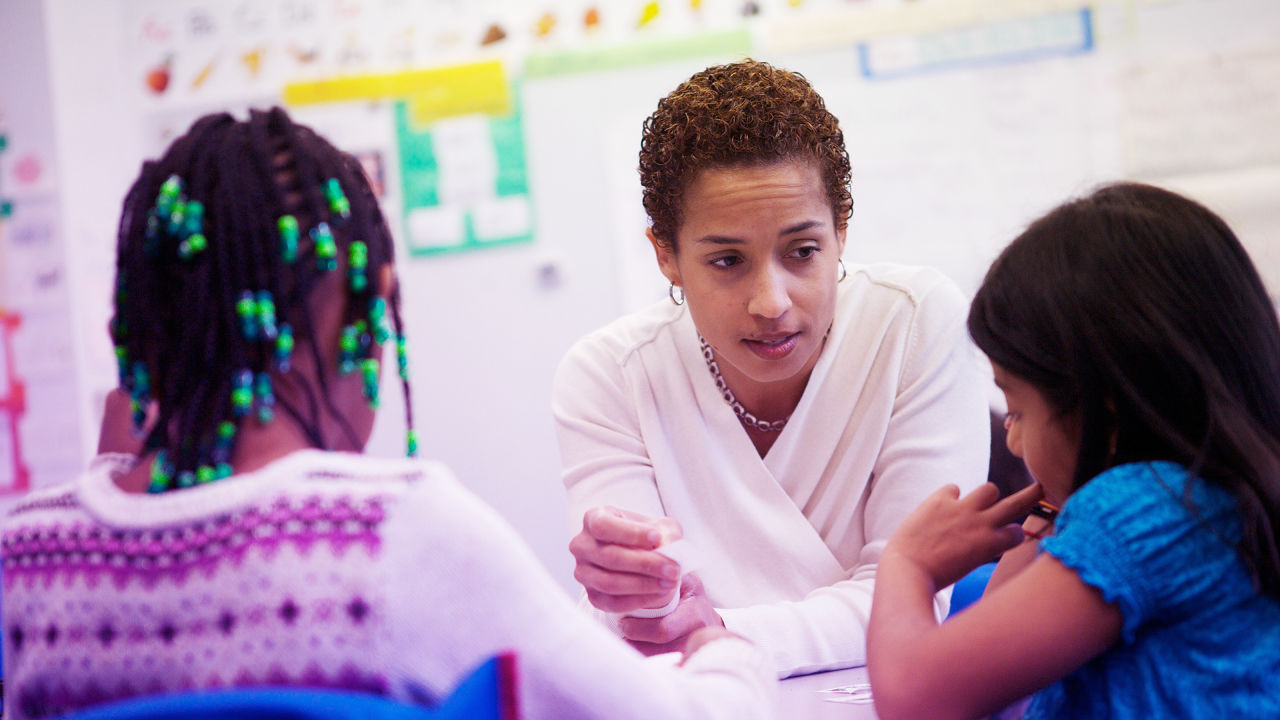How A Charter School Giant Revamped Its Culture To Put A Stop To Burnout
And what other organizations can learn from the KIPP network’s experiments in taking time for renewal.
Take the daily headaches that a startup founder faces—hiring, retention, staff development, setting metrics for success—and then pile on the stress of overseeing classrooms packed with high-volume, high-energy boys and girls. For a new school principal, it’s just another day at the office.
“Principals have all the management challenges that any leader has, and they have all of the challenge of working with kids,” says Dave Levin, cofounder of KIPP charter schools, one of the U.S.’s largest charter networks, with more than 180 schools in 20 states and the District of Columbia.
No wonder KIPP principals were burning out after just a year or two on the job, circa 2010. Of the KIPP principals who founded schools in 2006, only half were still in the same role four years later. As Levin looked at the data—KIPP had grown from a single Houston classroom to nearly 100 schools at that point—he grew increasingly concerned about the organization’s ability to open new locations. Moreover, research was starting to show that principal turnover had a detrimental effect on student learning.
“The departure of a principal is associated with higher teacher turnover rates and lower student achievement gains,” according to a 2011 report on principal career paths published by the National Bureau of Economic Research. “Faltering organizations with high levels of turnover often have difficulty attracting experienced successors, who tend to be more effective. As a result, they become trapped in a ‘vicious circle’ of high managerial turnover and declining performance.”
Levin resolved to avoid that fate. “It was a really a shift in thinking about it as something you do for a limited time, almost as a tour of duty, to a view that this was something you could do for a career,” he says.
At the same time, the education reform movement was looking to dispel the perception that the young idealists it was recruiting into classrooms were using teaching as a stepping stone to jobs in professions like law and finance. Teach For America, in particular, has faced criticism for the systemic effects of its revolving door of talent. Though some charter leaders seem to have embraced the rhythm of TFA, hiring teachers willing to work 80-plus hour weeks for two-year stints, others have begun to question the wisdom of that model. To retain teachers into their late twenties and thirties, Slate reports, schools are experimenting with everything from standard pay raises to “doctor days,” one charter network’s moniker for semi-annual personal days dedicated to health and well-being.
KIPP’s effort to retain principals suggests that job perks along those lines, while well-intentioned, won’t be enough. To reduce turnover, schools have to change their underlying culture.
“When I came to KIPP there was this idea of the school leader as a mythic figure. It was this heroic model,” says Steve Mancini, KIPP’s director of public affairs. “People weren’t sleeping; they weren’t exercising. They were living in ways that weren’t sustainable.”
VitalSmarts, a leadership training and development consultancy KIPP hired to help it arrive at a solution, soon reached a similar conclusion. “Some of the principals saw their job in the same way that a relay runner in a race would: Sprint for two years, and then pass the baton to someone else,” says VitalSmarts vice president David Maxfield, who led the KIPP engagement. “Working long hours was a badge of honor, it was in the culture. That was something that we felt had to change.”
The solution was simple in theory, but complicated in practice: Get help, so you can focus on what’s important. KIPP, in partnership with VitalSmarts, developed a framework for the new approach, based on four “vital behaviors,” and began the hard work on changing habits.
“A big shift for us was really changing our view of the principal and their primary responsibility to get transformational outcomes for kids through others,” says Steven Epstein, executive director for KIPP Austin. As a principal, “there’s nothing unique about your skill set that can do something better around a custodial issue or a food service issue, but there is something unique about coaching and professional development. The principal’s main responsibility is to develop the other people in their building.”
Practical changes—for example, principals now share personal and professional goals with their managers, mentors, and staff—have reinforced the shift in mindset. In the new model, principals speak publicly about objectives like attending yoga twice a week, having dinner with friends once a week, and cooking healthy weeknight dinners for growing families. One principal lost 60 pounds. Linking personal goals to the long-term success of the organization, Epstein says, “eliminates that weirdness of talking about it.”
The results have been transformative. Of the founding principals who started in 2011, the year KIPP introduced the new framework, 82% were still in place four years later. “Renew to get stronger,” the last of the four vital behaviors, has become a powerful refrain.
“We labored over that language for a long time,” Levin says. “‘Renew to get stronger’: It removes all of the guilt.”
It also transcends the more prosaic language of “work-life balance,” which Levin argues can set the wrong tone. “From an organizational point of view I tend not to think about issues of balance, I tend to think about issues of fulfillment,” he says. “Everyone’s balance is going to be different, and there are going to be really long days. That’s just the nature of doing something great. But there’s an ebb and flow to this stuff and we want to create the condition for people to be successful and fulfilled by their roles.”
Related: Can You Combat Burnout?
Fast Company , Read Full Story
(155)














